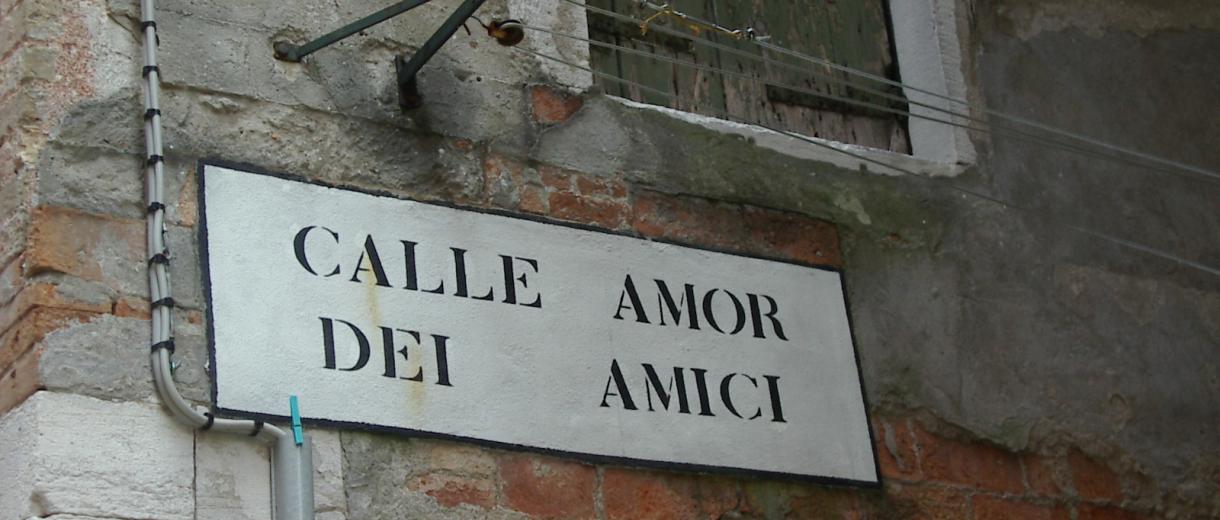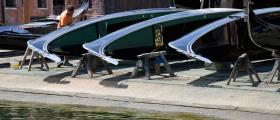Venice and its urbanity language
Venice has been proclaimed UNESCO WORLD HERITAGE and it is globally known as one of the most beautiful city in the world.
Venice urban structure consist in 6 parts called Sestieri, Castello, Dorsoduro, San Marco, Cannaregio, Santa Croce and San Polo. It counts 118 small island linked by 354 bridge, that is a set amount and can’ t be changed, divided by 170 canals. Its foundation const of countless wooden piles and parts of island made in more consistent ground that hold the weight of Venetian palaces since centuries.
In a complete absence of oxygen, under water the piles never rot but gets harder and harder and become a sort of stone, all trunks were brought by rafters along the river Piave from the Cansiglio and Cadore woods in the Belluno Area. The Piles most probably made of English oak, chestnut, and acacia, those are in use also to sign the canals, to build docks and to hold pontoons, any other material is forbidden piles has to be made traditionally in wood (just few exceptions authorized by Venetian government ) boats on navigation has to follows the lines traced by piles a white paint on them indicate the pole side where navigate.
Those piles are called “ Bricole” and are numbered, that helps to find directions in the night or on foggy days (just in case you don’ t have the aid of any other device) when a crossroad shows up you can determinate the navigable ones by looking at a particular “ bricola” that consist in four piles, the one in the middle is higher and it is called madama, it is not rare to see small capitals in honour of mother Mary.
Here squares are called campi, the only exception is Saint Mark’s square, and the roads are called calli, also here few exceptions.
The names of the calli traditionally evocate the profession made in the past under the Serenissima Republic, as Calle del Marangon, the carpenter, or titled to uses and circumstances of the area, as the calle delle convertite where some prostitute got converted and become nouns retired on a Monastery.
The calli talk about Venice and its history, their names are painted on walls along the call itself, those indications are called “ Ninzioletti” just because they look like small sheet hanging down.
The civic number are a sort on nightmare specially for the inexperienced postmen, progressive numbers covers each single sestiere with no specific rules, from 1 to 4900 and more! Better be clever and get more information on better known places or bridges around the area we’ re searching for.
When you find an indication that says Rio Tera’ then in the past there was a canal now covered.
Other typical architecture are the Altana, a sort of terrace built up on the roof of a building , for space problems, or the “ingressi via acqua” for people and storage of goods into stores facing canals.
The whole logistic is based on walking or public and private service navigation, creating a uniqueness that many consider fabulous and other uncomfortable.







